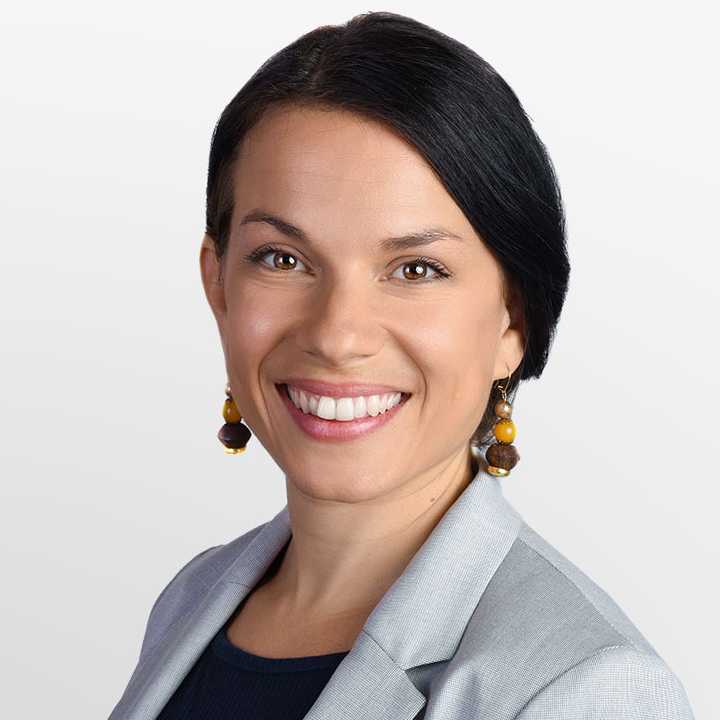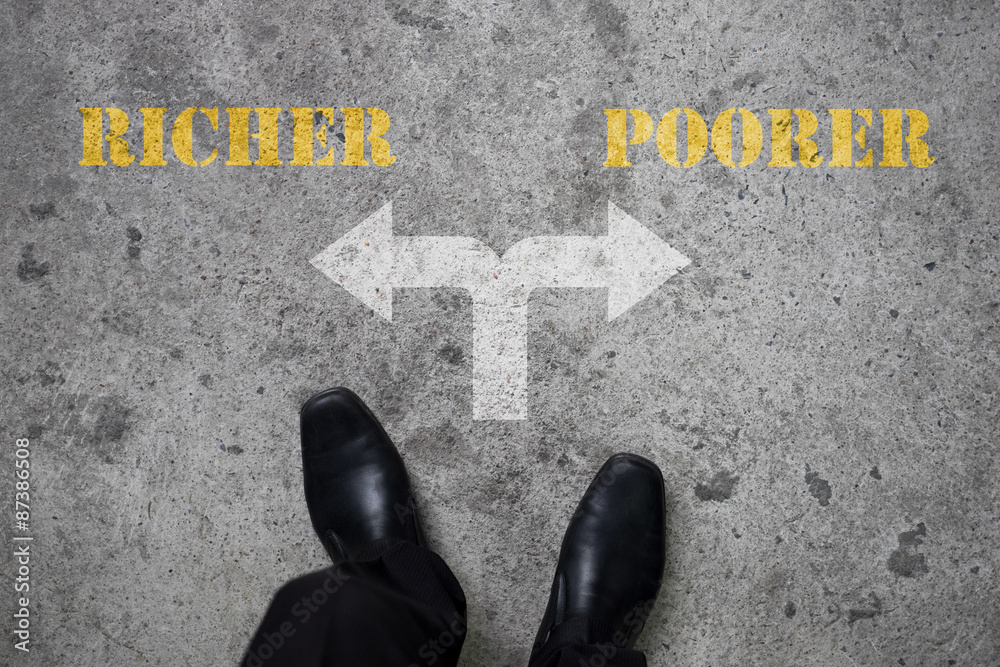Reducing poverty and inequality
Two-thirds of the world's population still lives on less than ten International Dollars a day. Although global inequalities remain gigantic, Adina Rom is convinced that living conditions can be sustainably improved for all.

A large proportion of the global population continues to live in poverty. Around two-thirds of people around the world live on less than around ten International Dollars a day – an amount that has to fund an entire livelihood including housing, food, education, and health.1 Moreover, around ten percent of the global population lives in extreme poverty and has to survive on less than 1.90 International Dollar per day. This is so little that we can hardly imagine it.

What’s especially unfair here is that the most important factor determining income – where we happen to have been born – is something that is entirely out of our control. According to economist Branko Milanovic, two-thirds of our income depends solely on where we live.2 Huge regional differences are also observed with regard to life expectancy: in the countries that have the lowest incomes, life expectancy is 30 years shorter than in Switzerland.3
An end to extreme poverty is possible
However, history has shown that radical developments are possible. Until as recently as 1880, one in four children in Switzerland didn’t live to the age of five. Today, the same is true for less than one in 250 children. Globally, child mortality has also fallen by more than half since the 1990s.4 As remarkable as this is, the disparities between different regions remain huge. If child mortality were as low globally as it is in Europe, 4.5 million fewer children would die every year.5
Incomes are also evolving; extreme poverty has fallen by half in the past 15 years. This means that around 1 billion people have been able to escape extreme poverty.
Climate crisis threatens progress
All this shows that progress is possible, but sadly it is too slow in many places. And the pandemic has also highlighted the fragility of this positive trend. If that weren’t enough, the climate crisis also poses a threat to progress. It is particularly unfair that the people who suffer the most from global warming are those who have done the least to cause it: people in low-income countries who have generated very little CO2 emissions.
To fight poverty and inequality at a global level and make sure this progress is kept for future generations, we need sustainable development in all parts of the world. In many places, that means combating poverty remains the top priority. In wealthy countries such as Switzerland, it means reshaping the economy; developing and scaling new technologies that allow prosperity to be reconciled with planetary boundaries. This is where the United Nations Sustainable Development Goals (SDGs) come in.
Broad support for the Sustainable Development Goals
In 2015, all 193 UN member states adopted the 2030 Agenda. At the heart of this global action plan to promote human welfare and protect the environment are the 17 sustainable development goals. They address topics such as ending global poverty (SDG 1), achieving gender equality (SDG 5) and combating climate change (SDG 13). Despite being adopted by heads of state and government, the SDGs will be successful only if everyone gets behind them.
Universities play a central role in meeting these targets. On the one hand they are educating a new generation of leaders who will later assume responsibility for sustainable, global development. On the other hand, research is key to finding solutions to the most pressing global issues. The focus here should be on improving the quality of life and productivity globally, in particular for the 6.5 billion people living in low- and middle-income countries, in a sustainable way.6
“If you’re reading this text, you’re probably one of the lucky ones who won the lottery.”Adina Rom
There is no doubt that many different stakeholders, such as international organisations, governments, companies, universities or individuals, will have to cooperate and contribute if we are to achieve the SDGs. Imagine a Swiss university developing a malaria vaccine or coming up with a way to address challenges related to the distribution of existing vaccines. An alumna might become an investor and successfully help renewables achieve a major breakthrough; another one could become a politician and advocate for a fair global taxation system.
Together for the SDGs
If you’re reading this text, you’re probably one of the lucky ones who won the lottery: you live in one of the richest countries in the world and enjoy one of the best educations. You have the chance to contribute towards achieving the SDGs. There are many ways to do this: for example by voting, by getting engaged politically or at your workplace, by donating money or time to evidence-based charitable projects, by linking your research or professional activities to the SDGs, or by placing sustainable development at the forefront of your consumption choices. If you’re looking for inspiration, feel free to visit our exhibition Together for the SDGs.
References
1 Our world in data: external page Extreme poverty
2 Branko Milanovic (2015) – “Global Inequality of Opportunity: How Much of Our Income Is Determined By Where We Live?”, The Review of Economics and Statistics 97(2): 452-460 DOI: external page 10.1162/REST_a_00432
3 Our world in data: external page Global economic inequality
4 Our world in data: external page Child mortality
5 Our world in data: external page The world is much better; The world is awful; The world can be much better
Comments
No comments yet